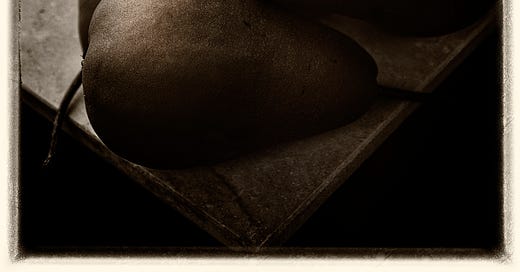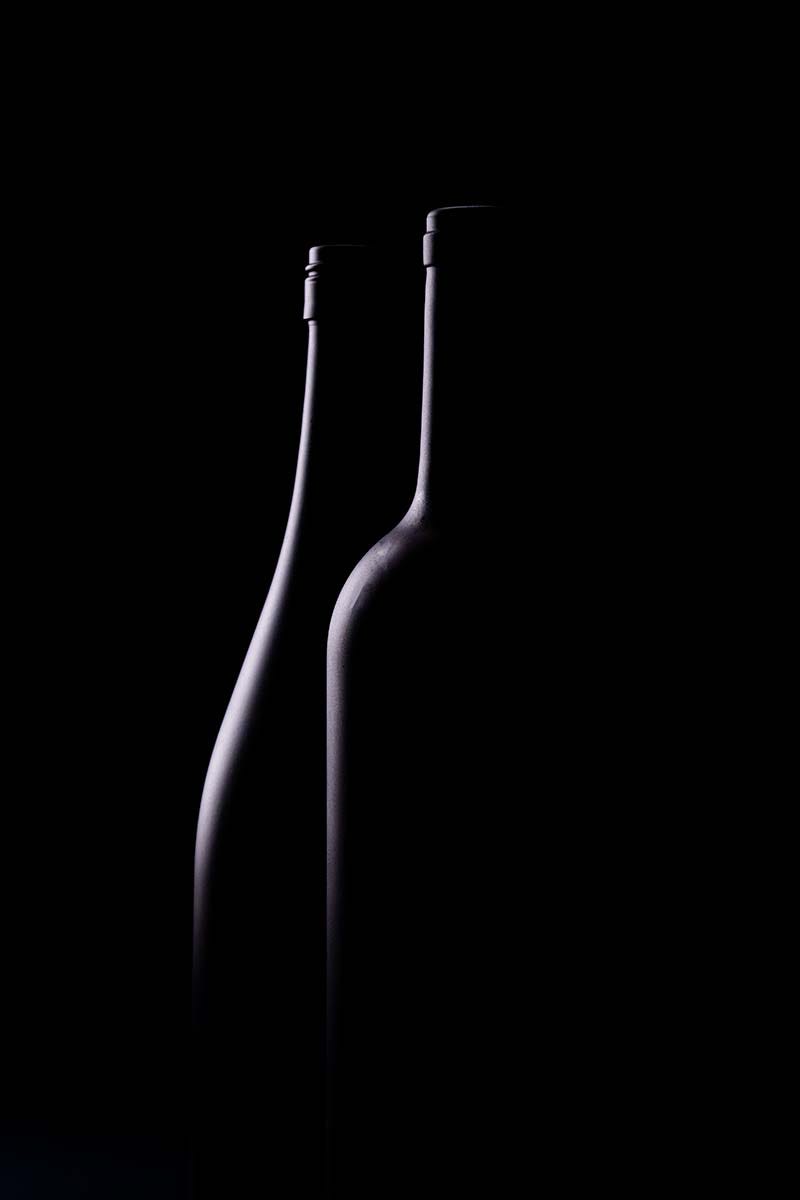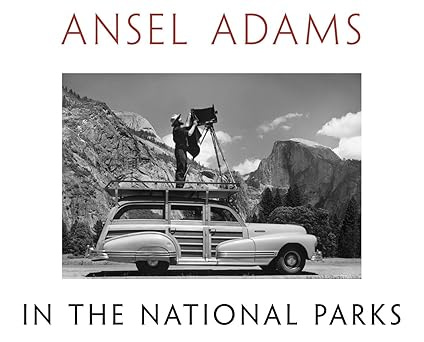The Hierarchy of Impact: Why Most Photos Don’t Matter (and How Yours Can)
Or, "How to Make Photos That Don't Suck

I help photographers and creative entrepreneurs over 40 reclaim their confidence, cut through the noise, and build bold, independent lives through no-BS insight, experience, and action. Welcome to my Substack. I am glad you are here.
Let’s get something out of the way: not all photographs are created equal.
Not in effort, not in execution, and definitely not in impact.
Too much of what fills our feeds is visual filler—easy, obvious, unmemorable. But the real heart of this game?
Creating images that stop people cold.
Images that matter.
That carry weight, both artistically and commercially.
That’s where the Hierarchy of Impact comes in—a framework for understanding how depth, effort, and intentionality elevate a photograph from “meh” to “holy hell.”
I used to call it the Pyramid of Pain, because let’s be honest: making something rare and meaningful usually hurts a little. But that pain? That’s where the magic lives.
Let’s break this down.
“Deep Dive” AI Podcast
LEVEL 1: Crap Everyone Does
Yeah, I said it.
This is the stuff everyone can make: a random coffee cup in bad light, a sunset straight out of your iPhone’s auto mode, a portrait lit by pure laziness. Zero thought, zero planning, zero effort. 80% of Unsplash falls in this group
These images flood the internet and the bottom of your hard drive. They’re forgettable because they cost you nothing to make—no pain, no planning, no talent, no vision, no purpose - and they show it.
They are not necessarily bad, they just sort of exist.

"If your image could’ve been made by your uncle with a smartphone and no coffee, it’s Level One."
LEVEL 2: Stuff Only Some Do
Here’s where the amateur gets slightly ambitious.
Maybe they used a reflector for a bit of fill, a tripod for a long exposure
Maybe they moved their subject into better light.
Perhaps they tried a different angle than just standing there at the same POV that everybody else has. (Between 5 and 6 feet above the ground.)
Maybe they’re trying – a little, but they’re still working off instinct, not intention. Being in a hurry, snapping a ton of the same images, maybe just ‘getting a shot’.
This is the realm of Flickr nostalgia and those nasty 2014 YouTube tutorials.
It’s better than Level 1, sure, but still stuck in a crowd of same ol’, same ol’.
And being stuck in that crowd becomes the enemy of creating impactful art.

LEVEL 3: Harder to Achieve
Now we’re getting serious.
This is where the image required planning.
Testing.
Technical knowledge
Previsualization.
A purpose for the photograph
It demanded technical chops, and the execution shows it. You can’t fake your way into Level 3 with a lucky shot. You don’t stumble into this territory, and no, buying a Leica was not the difference.
These images say, “I knew what I wanted, and I made it happen.” This is something you may have seen before, but not like I am showing it to you.
Think studio shots with perfect rim lighting, controlled highlights, invisible edits.
Think clean product setups that look effortless but took hours to nail.
I think it is important to note that I am not talking about technically harder to do, or something requiring 9 Godoxs with grids and a fresnel. Or two.
I am talking about effort, deliberate attention to detail. Production values.
"Mediocrity doesn’t get to Level 3.
Not because it isn’t allowed, but because it simply can’t make the climb."
LEVEL 4: Stuff People Rarely Do
This is where the image starts getting truly rare.
It took the right gear, maybe something borrowed or rented.
It took the correct access, which took initiative and deal making.
It took vision, a depth in the approach that required planning.
Even great street photographers must do this.
It took a willingness to climb the damn water tower, shoot in a snowstorm, or wake up at 3 AM and hike in the dark with 30 pounds of gear on your back, stomach growling and no coffee, to get to that overlook before dawn. It took an investment of technique, art, and vision.
It’s Joe McNally hanging off the Empire State Building to shoot a lightbulb change. It’s commitment baked into the image.
It’s Nick Ut shooting while bombs are exploding all around, and children are running toward him.
It’s Annie Leibovitz challenging A-list actors to do things they would never do in real life. “Hey, Whoopie, can I shoot you in a bathtub of milk?”
You feel the sacrifice in every part of the workl.
Not everyone can do this.
More importantly, and sadly, almost no one will.
Motion by Jennifer Arce (Link)
LEVEL 5: The OMG Shot
This is the pinnacle. The one you bleed for.
Level 5 takes everything you have to give.
Heart, soul, gut, frustration, late-night tests, failure, doubt, joy.
It’s the image where you left nothing behind.
And you know it the second you see it.
Sometimes it’s a quiet portrait that you can’t stop looking at.
Sometimes it’s a surreal composition that intrigues everyone who sees it.
Sometimes it’s a moment you waited years to catch, and then it happened.
And when it hits? Damn.
Hey, y’all, here’ the bottom line: you don’t need a gallery, a client, or a book deal to hit Level 5. You just need to give a damn. And keep giving a damn about every detail, every nuance, every teardrop of inspiration.
Level 5 is rarefied air few attain, but so many crave.
Craving isn’t enough.
It just isn’t.

"Level 5 isn’t about fancy gear or sensational subjects.
It’s about leaving it all in the frame."
So Why Does This Matter?
Because impact isn’t flippant luck or strange magic. It isn’t a Leica or a ‘Blad. It isn’t wantig it really bad.
It’s work.
It’s clarity.
It’s choices.
Deliberate and well-practiced choices.
Every rung up this ladder cuts down the number of people who could’ve made the same image.
That’s what creates the value of impact.
That’s what creates the resonance of a strong image, one that will engage viewers, clients, and help you build a legacy.
And, of course, the commercial world responds to this too.
With better work, higher-level work. That means higher licensing fees, stronger client demand, and much more creative freedom.
But this exercise is not just about making more money.
This hierarchy is about creating images that mean something… more. Images that last.
The Next Step: Moving Up
Here’s your assignment: figure out where your recent work falls on this pyramid.
Be honest.
Brutal, even.
And then ask yourself, “What would it take to move up one level?”
More planning?
More risk?
More heart?
A Leica? … Just kidding.
We all start at the bottom and slowly move up.
That’s as it should be.
And few of us will shoot fours and fives every time we make a frame.
But it is the awareness that with a little more from us, a harder push, something extraordinary is possible that keeps us looking forward.
Want help with the climb?
Drop a comment.
Tell me where you are, and what’s keeping you from pushing higher.
Let’s talk about it - honestly.
On Fourth of July weekend, it is a wonderful time to think about how magnificent our national parks are. A truly magnificent way is to see them through the eyes of Ansel Adams. This is a cool portfolio, and yeah, I’d love to have that car!
Available at Amazon (Affil)
Today is the last day to get 25% off any and all DxO software, including Pure Raw and FilmPack 7. Use the code 25JULY.
If you’re over 40 and still hungry to make, build, and create, stick around. This space is for people who aren’t done yet (and never will be). I’ve got five decades of wins, failures, comebacks, and creative battles under my belt, and I’m sharing everything that still works—and burning the rest.
No fluff.
No hustle porn.
Just real tools for building a creative life on your own damn terms.











I feel like I fluctuate between levels 2 and, once in a great while, 5. I get lazy and I know it. I get bored and stop. I let life get in my way as well. Thankfully, I'm pretty aware of where I am and why and know that it's a cycle for me that has to be gone through.
Excellent explanation.
Everybody has an opinion. I don’t think the first photo is weak. It is just poorly framed and presented. I would have moved in very close with an ultra wide angle 17 and shot an upward panorama skyward with vastly modified framing. The problem is not the photo; it is presentation.